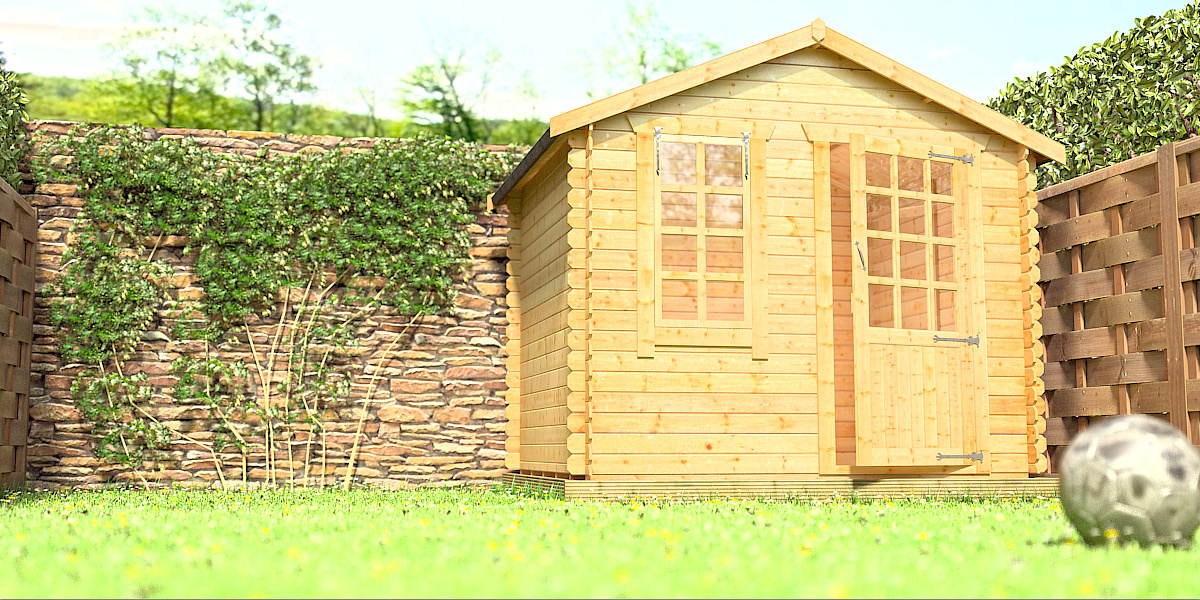Photo-Real Render
You must be logged in to post a comment. Login here.

Matt Vernon-Clinch
Report Abuse
quite simply, we wouldn't. all our work uses reference imagery of professional architectural photography that is sourced before we even put a daylight system in. you can't light until you understand how you want to light etc. and you are only as good as the reference you use.
the guys at pixar wouldn't do facial animation without reference, and they also wouldn't use bad quality 3g video. use the best possible source of photography - good resolution, well composed, well colour balanced with good contrast etc. always have it open - i recommend deskpins (to keep it on top) and first impression image viewer (to minimise screen space).
post your reference here and you get a much more considered and helpful critique.
Sent from my HTC Desire using Tapatalk

Simon Green
Report Abuse
Hi Matt,
I appreciate the point, so I'll probably try and get a shot of a similar scene for some kind of reference. I can see from your work at Hayes Davidson that the renders there are exceptional but if you were to mock up a completely new scene what way would you go about it fundamentally? "New" as in independent from any reference image...
Any advice is appreciated,
Simon

Matt Vernon-Clinch
Report Abuse
Well you are setting yourself up for a much more difficult task than you need to.
I tend to get a bit preachy about this, but anyone aiming for photorealism without referencing a photo is not aiming for photorealism, they are aiming for their best interpretation of what they remember a photo looking like. You are relying entirely on your memory and the renderer - neither of which are anywhere close enough to accurate for you to get a decent result.
Put a photo up beside it and look at where you are ACTUALLY wrong, not just where everyone thinks you are wrong.
t
theory
Report Abuse
well, def. looking better than the first, first order of business would be the first thing that gives it away is the stone wall, the texture you got there has baked in shadows that are difficult to match, look for a map that doesn't have obvious shadows and highlights and minimal dark crevices, now, there's a bit of a tone mapping issue i think, does the background contribute to the scene's lighting? if not I'd definitely try and use it (hdri lighting) to have both the scene and background cook together a bit in terms of color tone,
looking forward to your updates

Simon Green
Report Abuse
Hey again,
What do you reckon? Have a look at the attached and let me know if there's anything that jumps out at you that looks incredibly out of place. Love that Vray Edge Fillet tutorial! I'm really struggling to get Vray Dirt to work convincingly though...
Thanks,
Si
[ATTACH=CONFIG]44160[/ATTACH]

Simon Green
Report Abuse
Hey Matt - sorry but I've not got a photograph for reference, it's more just a case of producing one convincing image to the best of my abilities.
Thanks for the pointers Benjamin, I really like the idea of varying the grass colour, I've used PF Source and tried to vary its density on the ground by using a noise map and positioning the blades on the ground using the 'Density by material' and selecting Greyscale. But I'll have a go at varying the texture too if that's possible.
I've used CG Textures for a lot of my textures, a great place to start :) Thanks for the Vray Edge Fillet link and the Vray Dirt Link, I'll have a crack at using those methods on the scene and post up the results!
Si

Benjamin Steinert
Report Abuse
I hope you don't mind, but I did some adjustments in Photoshop:
[ATTACH=CONFIG]44133[/ATTACH]
Besides a curves adjustment, I did paint in some variation on the grass which could be done in the texture for the grass. CGTextures has some good free tiled grass textures that could be used for this purpose.
I also applied a very light 'cooling' photo filter to offset a little of the green cast caused by the abundant vegitation in the scene.
As always, anywhere that you can cut down on hard edges will help to convey realism. The VRayEdgesTex can help here. Here is a good tutorial from Peter Guthrie covering this topic.
If your boards for the shed are all modeled, you could have a play with the VRayDirt texture to add a little weathering to them which could add a little more realism as well. Another nice tutorial from Peter Guthrie that covers this topic well.

Matt Vernon-Clinch
Report Abuse
Simon,
It would help if you could show us the photo you are referencing, then we can be a lot more specific about where your render is falling short.

Simon Green
Report Abuse
Thanks for the feedback Benjamin,
Just following up on your comments, what do you think to the image attached?
Si
[ATTACH=CONFIG]44129[/ATTACH]

Benjamin Steinert
Report Abuse
It's looking pretty good.
A few things that catch my eye:
1. The materials on the grass seems a little bright.
2. The interior of the shed seems to be getting too much light.
3. The DOF is too much, should be barely noticable in my opinion.
4. The vines could use some kind of texture, probably darker.
5. Perhaps putting some kind of cap on that stone wall could help.
Good luck!

